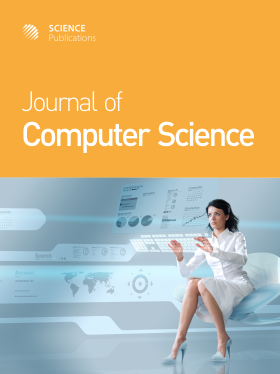A Novel Approach to Modeling and Flooding in Ad-hoc Wireless Networks
Abstract
This study proposes a new modeling approach for wireless ad-hoc networks. The new approach is based on the construction of fuzzy neighborhoods and essentially consists of assigning a membership or importance degree to each network radio link which reflects the relative quality of this link. This approach is first used to model the flooding problem and then an algorithm is proposed to solve this problem which is of a great importance in ad-hoc wireless networks intrinsically subject to a certain level of node mobility. Simulations carried out in a dynamic environment show promising results and stability compared to the enhanced dominant pruning algorithm. Such an approach is suitable to take into account the volatile aspect of radio links and the physical layer uncertainty when modeling these networks, particularly when the physical layer offers no or insufficient guaranties to high-level protocols as for the flooding.
DOI: https://doi.org/10.3844/jcssp.2008.967.975

- 3,297 Views
- 2,335 Downloads
- 1 Citations
Download
Keywords
- Ad-hoc wireless networks
- auto-configurable networks
- flooding
- fuzzy sets
